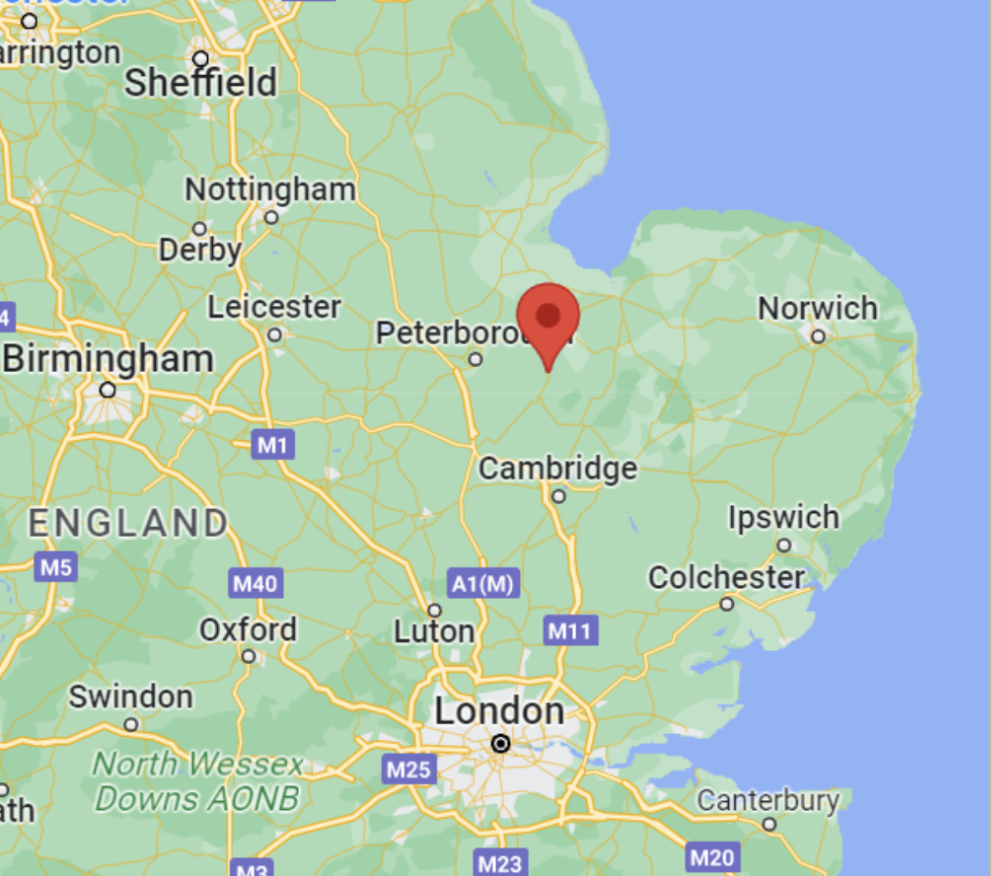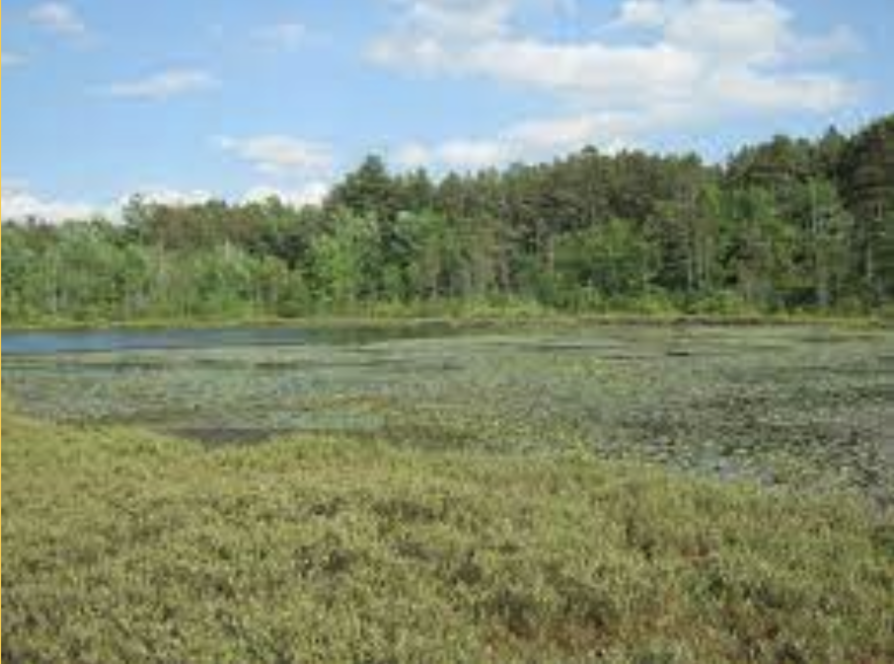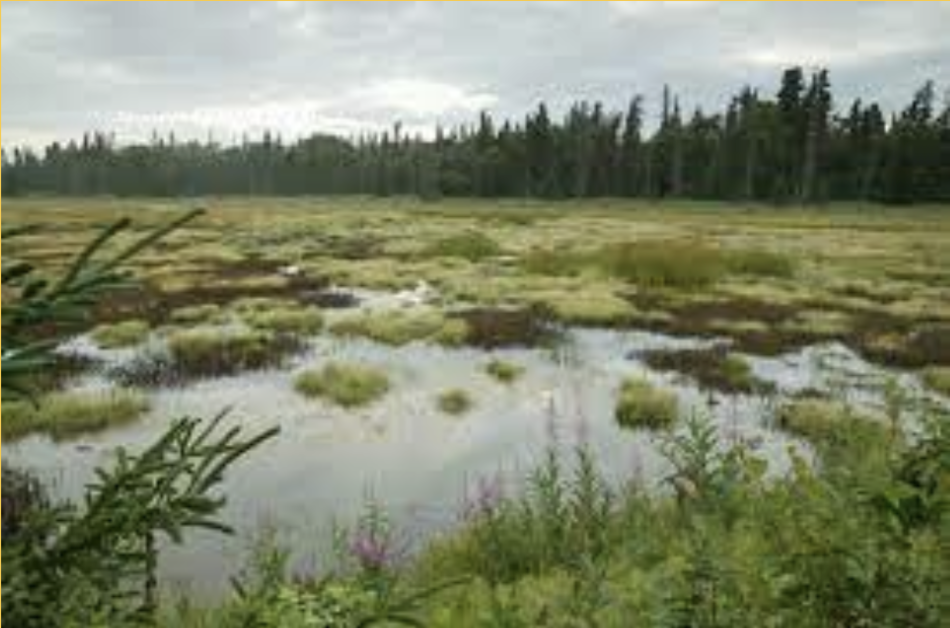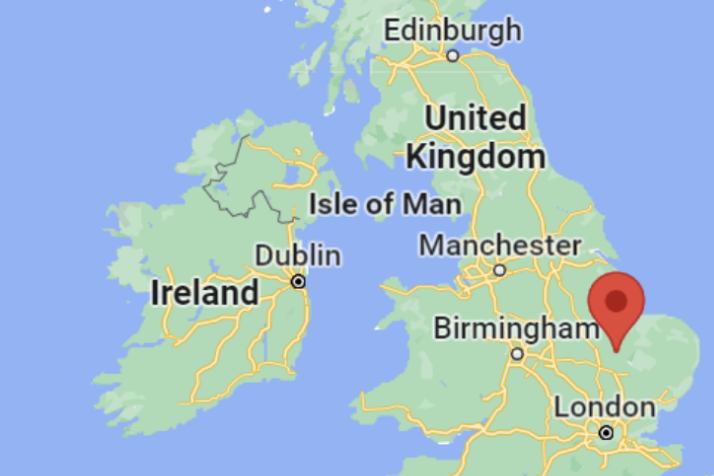Discussion and Story-Land Activity

As you consider Fen, contemplate how repurposing land—for good or for ill—reverberates through its inhabitants, community, and the land itself. This activity intended for learners of all ages and could easily be adapted for a classroom setting.
What Are Fens?: Story-Land Discussion and Activity
What is a fen? This article by Fen’s dramaturg Derek Matson lays out a detailed understanding of this kind of landscape. In brief, it is a rich, wet, peat-filled land—imagine a swamp without trees growing out of it. In the United Kingdom, the fens were drained and sold, to be farmed by locals and profited from by speculators and eventually, corporations.
Caryl Churchill’s play was inspired by Mary Chamberlain’s book Fenwomen: A Portrait of Women in an English Village, which documented the lives and labor of women working on these British Fens in the 1970s. These fens are located about 70 miles north of London.




Check out this video by the British Film Institute from 1945:
Discussion Questions:
- How might the draining of the Fens in the UK have affected the local inhabitants?
- What are some effects of governmental control of land? Consider both positive and negative consequences.
- The fens were once swampy, and became farmland. What land are you familiar with that was once one thing, and was turned into another? How and why did this happen? How do you feel about it?
Story-Land Activity:
- Imagine a piece of land that once existed in one way, but later became used for something else. You could be picturing a vacant lot, a city block, a park, a repurposed building, or a larger piece of land. (Think: This land was once ______, and it became ______.)
- Now, imagine you were to create something—a play, story, poem, movie, tv show, music video—about or on this land. Consider the following questions:
- What kind of story would you tell about this land?
- What people or characters would be part of this story?
- What would be the tone of the story? (examples: hopeful, devastated, weary, nostalgic, humorous, warm, etc.)
- What kind of images might this story include?
- If the land could speak, what would it say?
- Imagine there are ghosts of or on this land. Who or what would they be?
- In writing, an illustration, a PowerPoint, or a format of your choice, explain the story you would tell.
- If you would write a story, movie, or tv show, consider outlining the characters and basic plot points, or writing a segment of dialogue.
- If you would write a song or poem, consider actually writing it!
- This activity aligns with the following standards:
- Illinois Arts Learning Standards
- Anchor Standard 1: Generate and conceptualize artistic ideas and work.
- Anchor Standard 10: Synthesize and relate knowledge and personal experiences to make art.
- Anchor Standard 11: Relate artistic ideas and works with societal, cultural, and historical context to deepen understanding.
- Common Core State Standards
- CCSS.ELA.W.3 Write narratives to develop real or imagined experiences or events using effective technique, well-chosen details, and well-structured event sequences.
- Illinois Arts Learning Standards